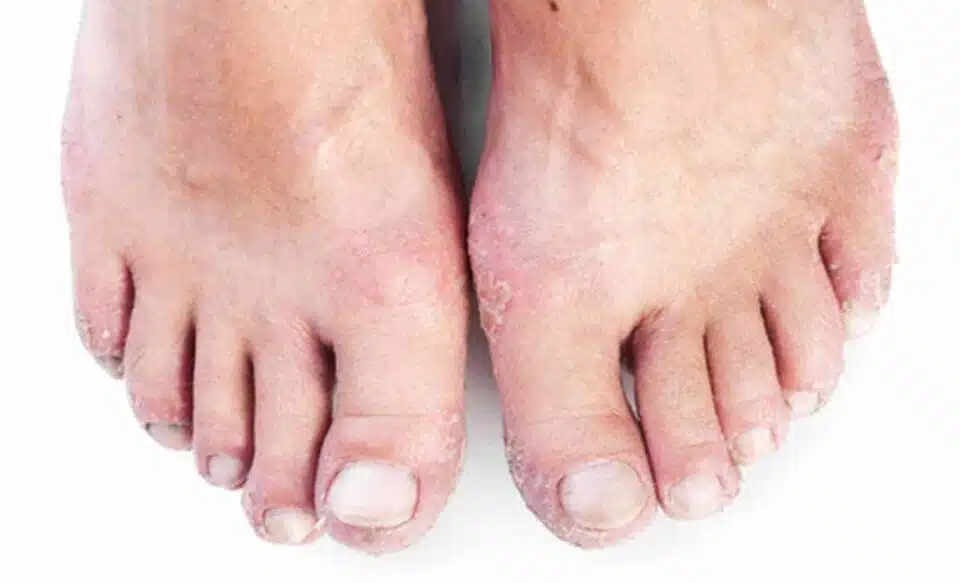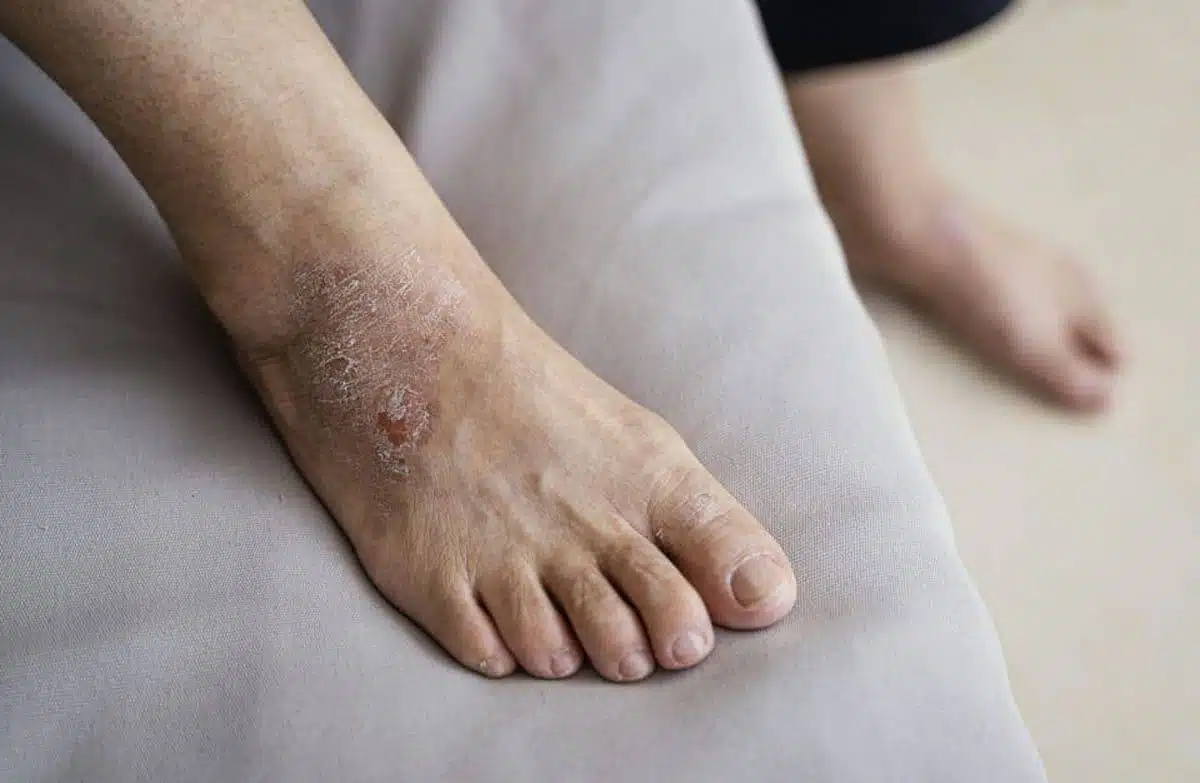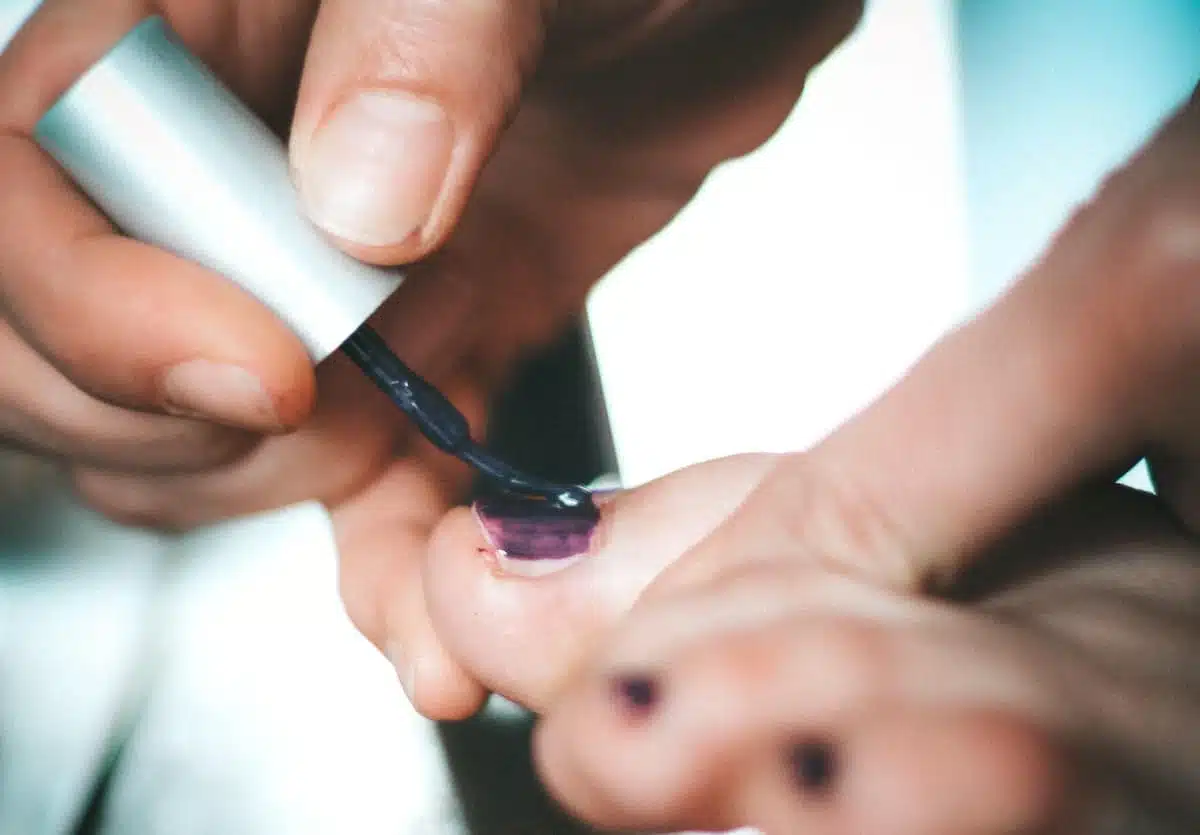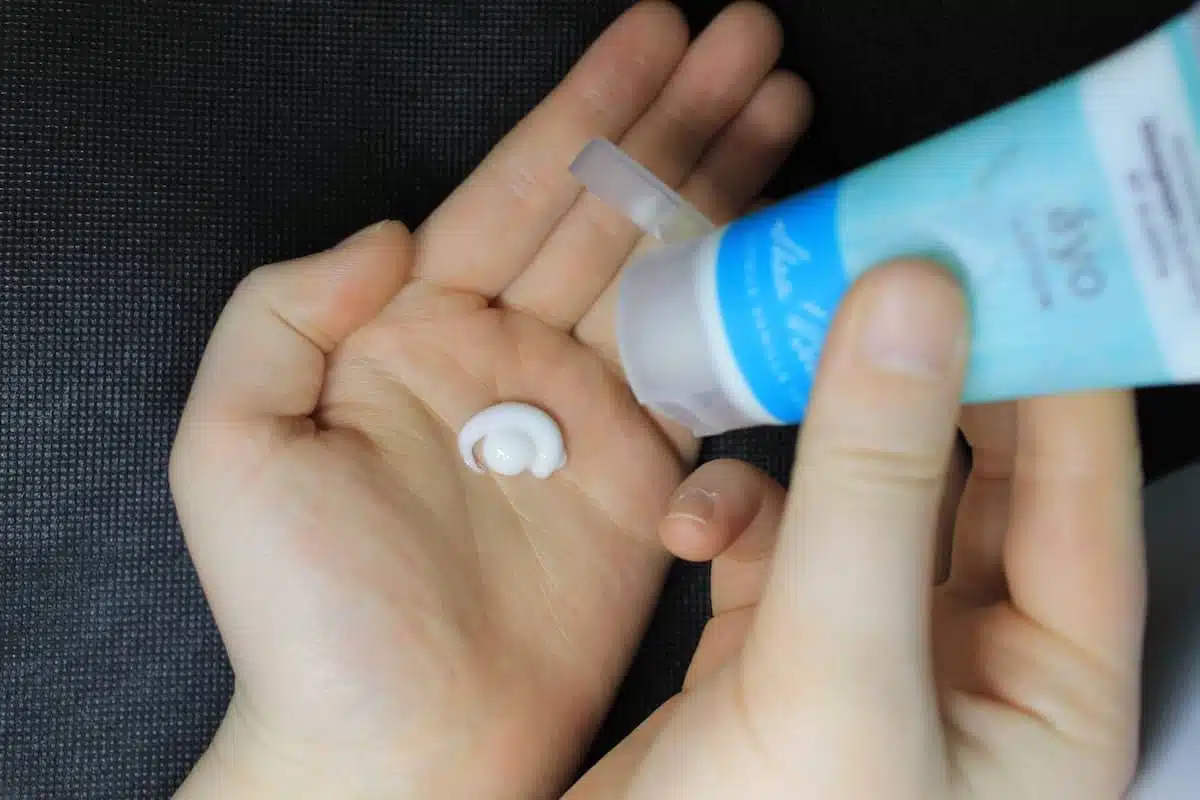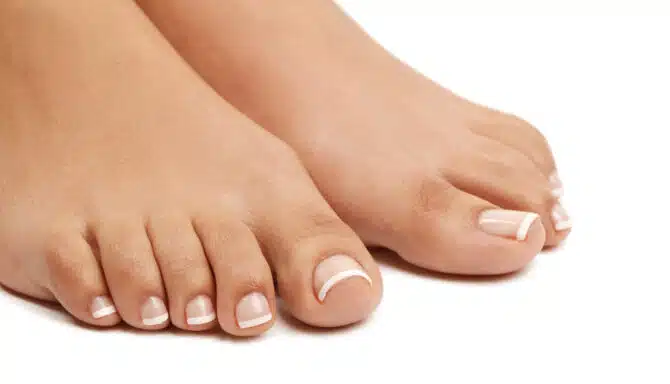Fact: Your toenails can give you clues about your overall health. That’s right, the state of your nails, including toenails, can indicate an underlying health condition. Conversely, healthy nails can be a sign of a healthy lifestyle.
The state of our toenails can differ in a lot of ways. Toenails can splinter, thicken, thin, peel, dry out, break, and pit. Toenail pitting is the focus of this article.
Below, you’ll learn about toenail anatomy, the basics of pitting, signs, treatment methods, and preventative measures to keep your nails in good shape.
Toenail anatomy
Before we delve into the details of toenails and pitting, we must understand their anatomy and the part it plays for our feet.
Toenails are the plate-like covers on our toes. Alpha-keratin, a type of protein, comprises toenails. Alpha-keratin is the same protein building block for hair and the outermost layer of our skin (the epidermis). Generally, the toenail is about 0.5 mm thick and slightly curved.
The toenail consists of several distinct components. The toenail includes the nail plate, the cuticle, and the nail folds surrounding the nail’s perimeter. The part referred to as the toenail colloquially is the “nail plate.“
What’s toenail pitting?
Pitting, by definition, is an indentation. Toenail pitting follows the same logic. Pitting of the nail occurs when tiny dents or “pits” form in the nail plate. Toenail pitting is a type of nail abnormality.
Toenail indents can be shallow and only recognizable by touch. Deep toenail pits may be visible due to their concave nature. Within the grooves, some parts of the pitting may be deeper than others, just as there are deeper and shallow parts of a pit.
Nail pitting is generally more common for fingernails, but toenails are also affected.
What causes toenail pitting?
There are several causes for toenail pitting. Toenail pitting reasons range from external trauma to an underlying medical condition. Learn about the various causes of toenail pitting below.
Nail psoriasis
Psoriasis is a chronic inflammatory disease that can cause toenail pitting. Those with nail psoriasis produce too many skin cells, causing nail irregularities. According to Healthline.com, approximately 80% of those with psoriatic arthritis experience nail irregularities or changes.
You may be able to recognize nail psoriasis because of two related symptoms: discolouration and nail bed separation. There are a few groups more likely to develop nail psoriasis. At-risk factors include:
- People who are over 40 (though psoriasis may occur at any age)
- Males
- Genetics
- Psoriatic arthritis
According to a study published in the National Library of Medicine, psoriasis can cause toenail pits “remarkably even in size and depth. Their distribution may be haphazard or sometimes arranged in parallel transverse or short longitudinal lines.”
Though psoriasis is not curable, you can mask the effects of toenail pitting. You can buff or apply nail polish to hide the indents and improve the aesthetic.
Nail eczema
Eczema is a condition that causes itchy and red skin. The disease can cause nail thickening or pitting when eczema targets the feet.
Habit-tic deformity
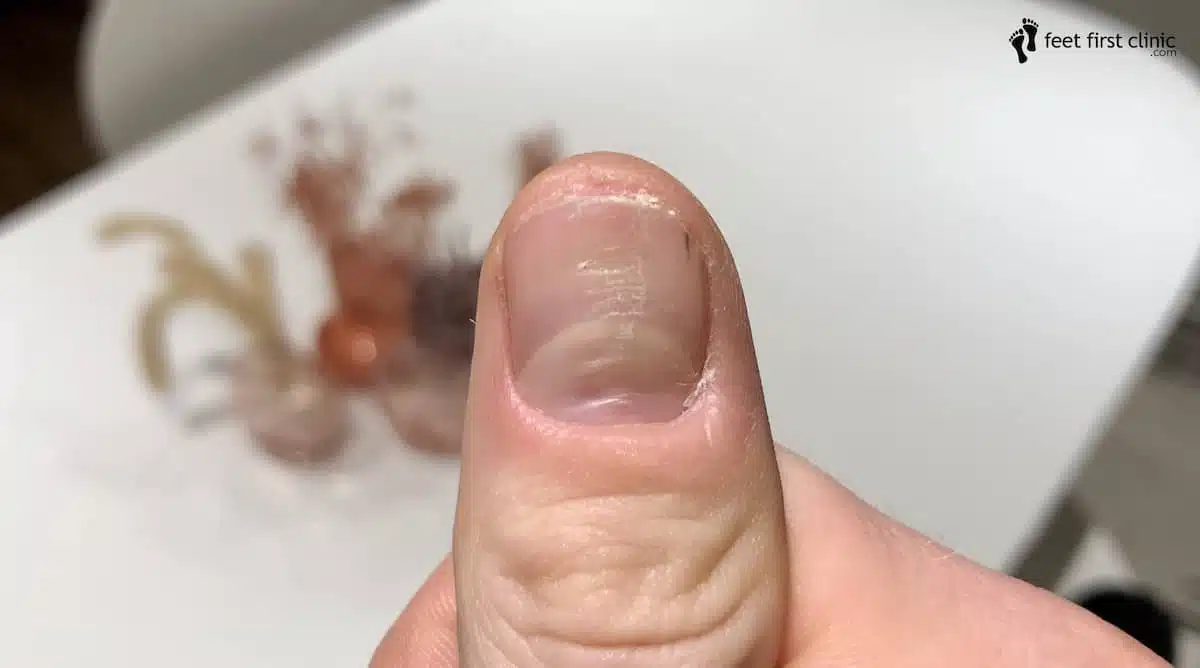
The habit-tic deformity is a nail condition similar to toenail pitting with several differences. When you constantly pick at your nails, external trauma can create pits in your nail. The habit-tic deformity is most common on the fingernails, specifically the thumbs, but it can also happen on your toenails. For instance, if you sit cross-legged or have your feet at arm’s reach, you may develop a habit of picking at your toenails.
The defining features of habit-tic deformity are horizontal ridges across the nail and a slight depression in the middle of the nail plate. The habit-tic deformity is not severe and typically heals if left alone. The condition is known as “washboard nails” because of the horizontal nail ridges.
Reiter’s syndrome/reactive arthritis
Those with reactive arthritis may experience toenail pitting. An infection or bacterial infection elsewhere in the body can cause reactive arthritis, also known as Reiter’s syndrome. People with a specific type of gene are more likely to develop the condition, as it’s believed to be genetic.
How do you fix nail pitting?
Toenail pitting fixes vary. In some cases, like psoriasis, there is no cure. Cosmetic procedures are an option to mask the effects. Removing external trauma can help reverse toenail pitting in cases like a habit-tic deformity.
Additional treatment options include medication applied to the nail itself. Options include steroids, salicylic acid, calcipotriol, cyanoacrylate adhesive (for the habit-tic deformity) and tazarotene.
Is nail pitting serious?
In most cases, nail pitting as a symptom isn’t severe. Nail pitting is more often a cosmetic issue than a medical issue. However, the underlying conditions that cause toenail pitting can vary in severity.
